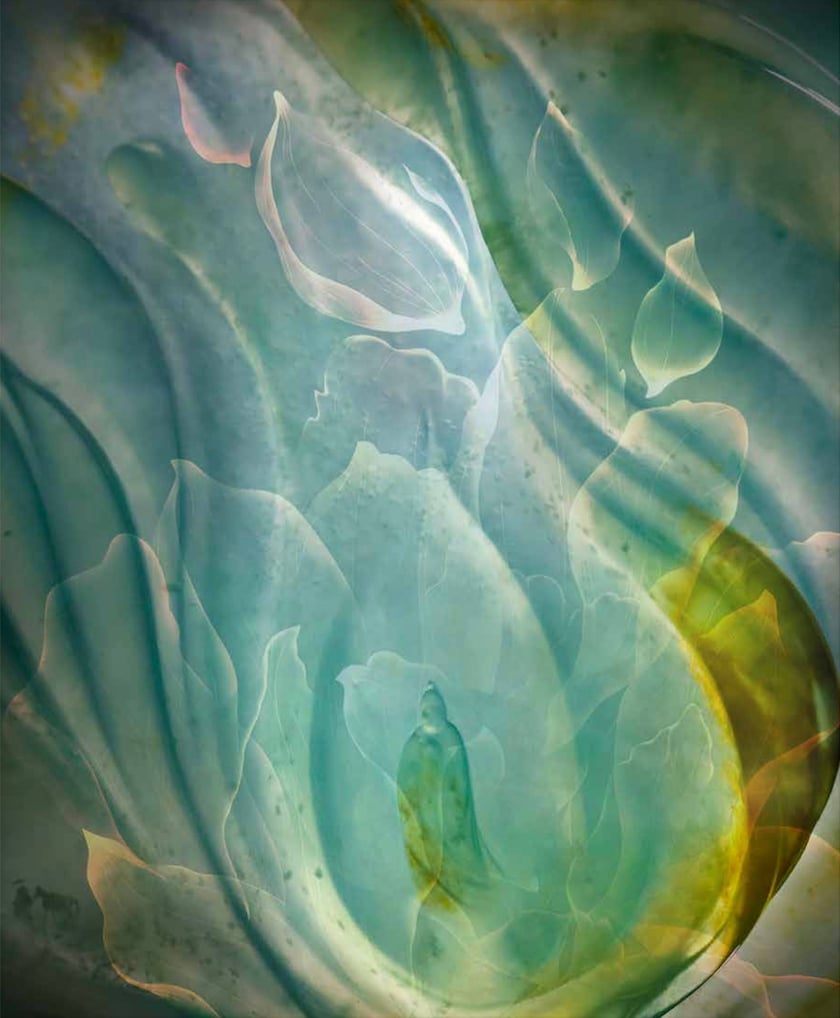Broken Bangle — The Blunder-Besmirched History of Jade Nomenclature: Book Review
Is fei cui a better term for "pyroxene jade" than jadeite? Jeffery Bergman reviews Broken Bangle, a new book on the history of jade names.
1 Minute Read
The Traditional Gemological Definition of Jade
To call jade a complex subject would be a gross understatement. Case in point, imagine my bewilderment when I visited the Shanghai Natural History Museum and found turquoise in a showcase labeled jade! Given the history of jade goes back more than 10,000 years before the advent of modern gemological classification, this should have come as no surprise.
Traditionally, jade has been divided into nephrite or "amphibole jade" and jadeite or "pyroxene jade." The authors propose that gemologists call "pyroxene jade" fei cui rather than jadeite.
What is Fei Cui ?
Fei cui can consist of three closely related pyroxene minerals: jadeite, kosmochlor, and omphacite. As the authors write:
In recent years, it was also discovered that some intense to vivid green fei cui specimens formerly thought to be pure jadeite are, in fact, inter-growths of jadeite, omphacite, and/or kosmochlor.
Hence, there is a need to reconsider jadeite as fei cui.
Broken Bangle Photos
Broken Bangle is resplendent with stunning photos of fei cui, ranging from carved Mayan ornaments over 1,000 years old to exquisite contemporary fei cui sculptures by the Chinese Master Qingfang Zhuang. Whether you are a hardcore gemologist or just a garden-variety jade lover, Broken Bangle — The Blunder-Besmirched History of Jade Nomenclature is the book for you. Buy it, read it yourself, and give it away. I enthusiastically give Broken Bangle two thumbs up!
Broken Bangle — The Blunder-Besmirched History of Jade Nomenclature can be purchased at Lotus Gemology.
Jeffery Bergman, SSEF SGC
Jeffery Bergman, SSEF SGC, founder and director of 8th Dimension Gems in Thailand, is an American gem dealer with more than 40 years of experience in gemstone and fine jewelry mining, cutting, wholesaling and retailing. His career has taken him to more than 50 countries and every continent except Antarctica. He has appeared on the BBC, CNN, NBC, ABC and GEO; and has been featured in Time, USA Today, National Geographic, Gems & Gemology and Discovery Channel magazine. He is a regular guest speaker at gem lab seminars and gemological association conferences and universities.
Related Articles
Jadeite Value, Price, and Jewelry Information
Jade Sources
How Does Jade Form?
Identifying Jade Treatments
Latest Articles
800 Years of Mogok: A Celebration in Tenuous Times
What is the Average Gemstone Faceting Yield?
Pyroxmangite Value, Price, and Jewelry Information
How to Identify Emerald Simulants and Synthetics
Never Stop Learning
When you join the IGS community, you get trusted diamond & gemstone information when you need it.
Get Gemology Insights
Get started with the International Gem Society’s free guide to gemstone identification. Join our weekly newsletter & get a free copy of the Gem ID Checklist!
